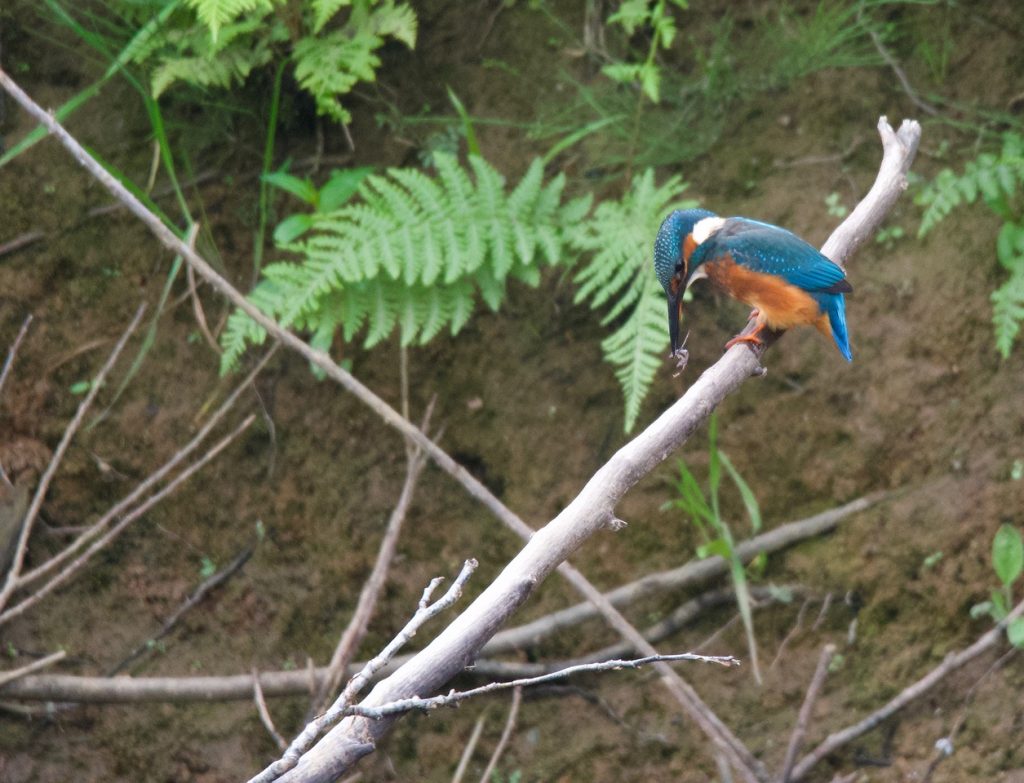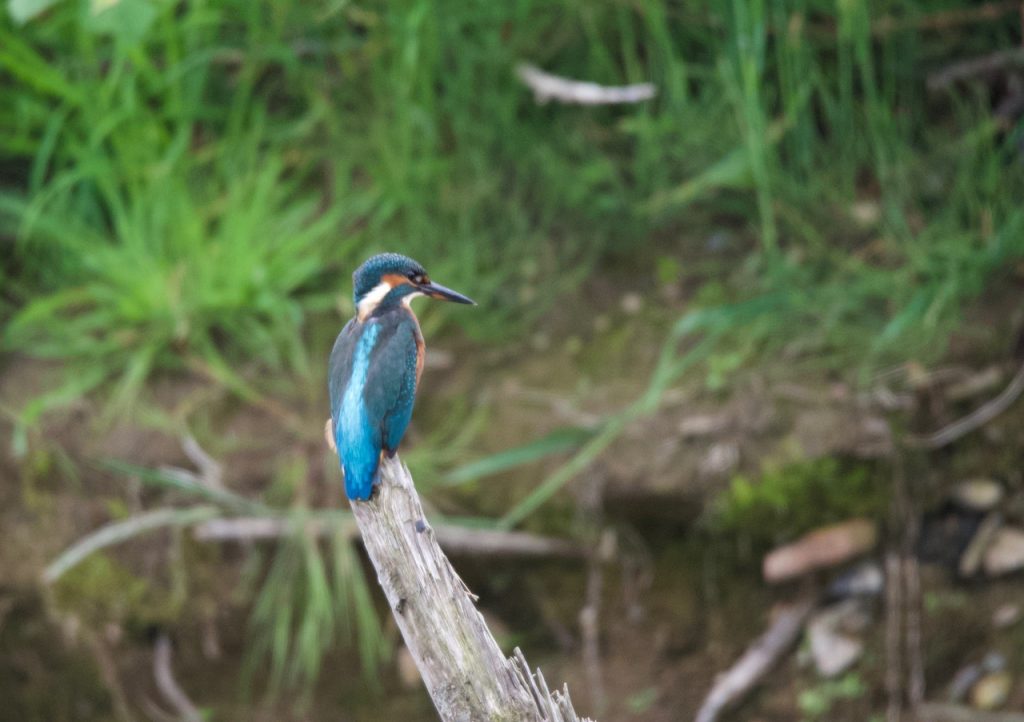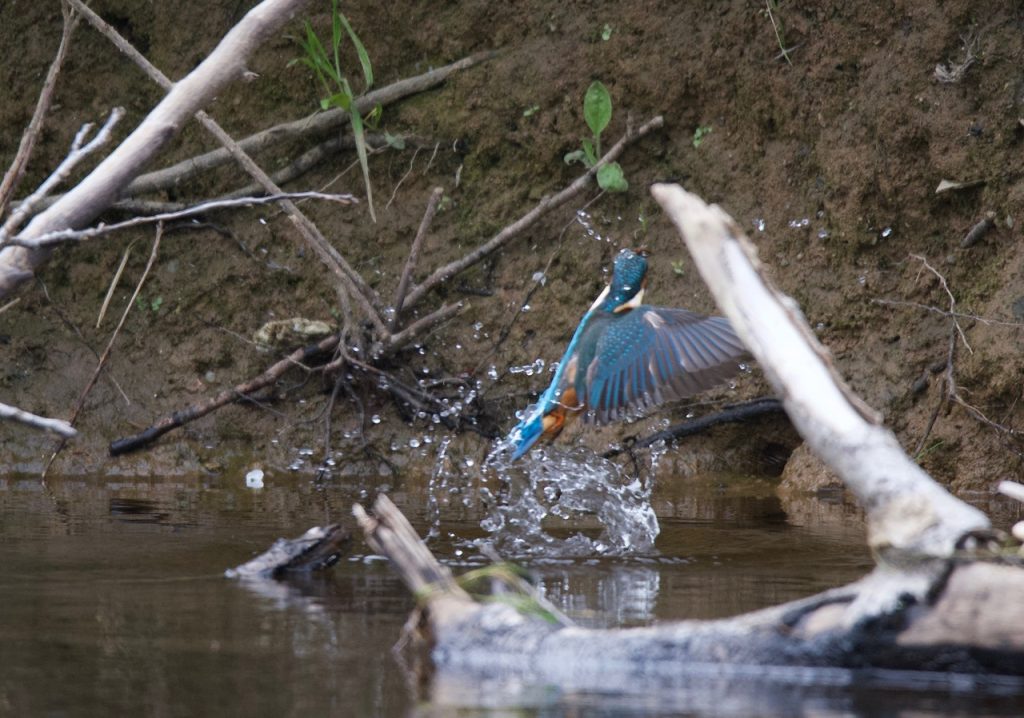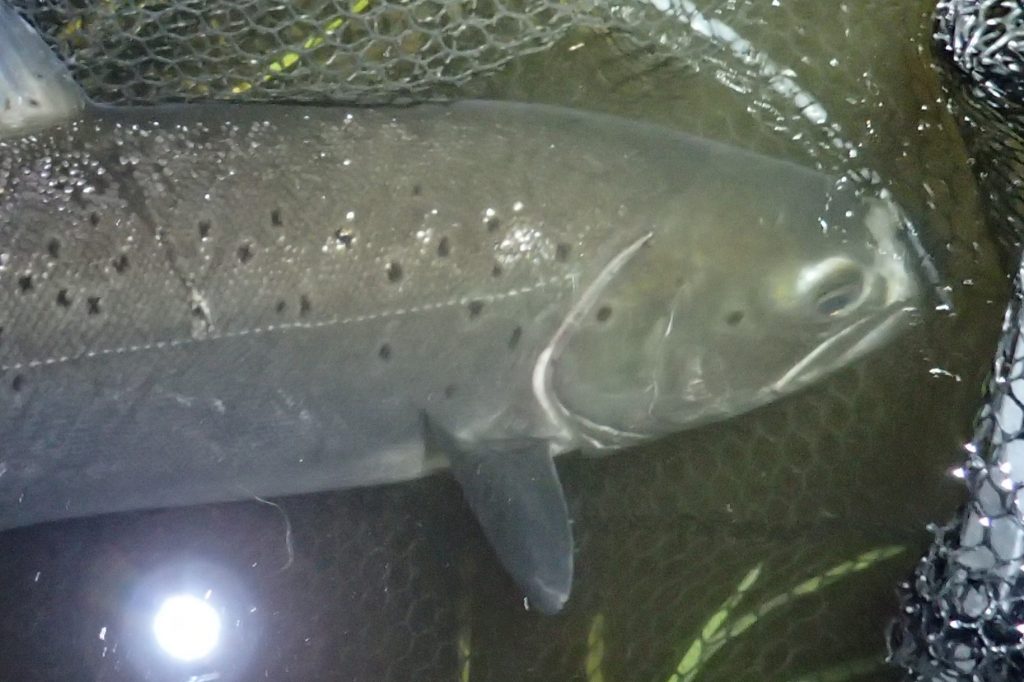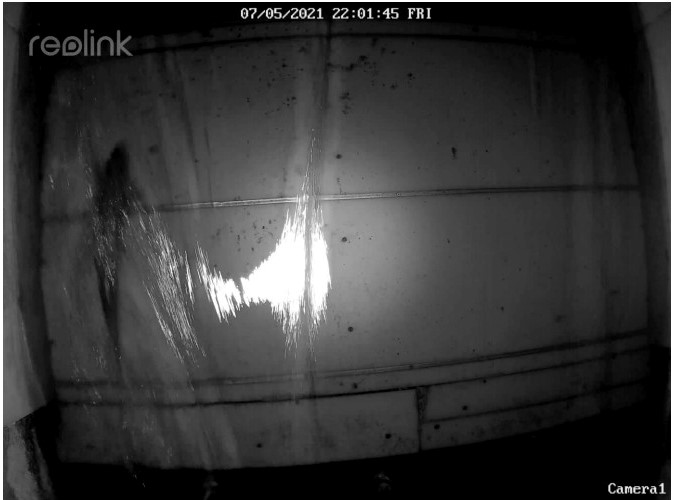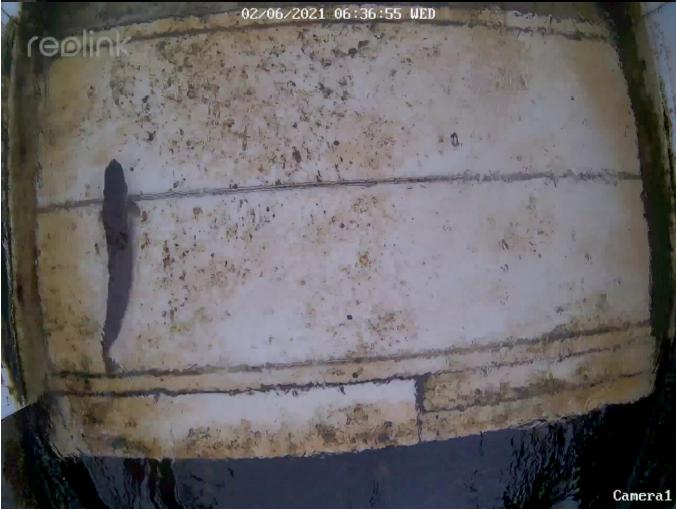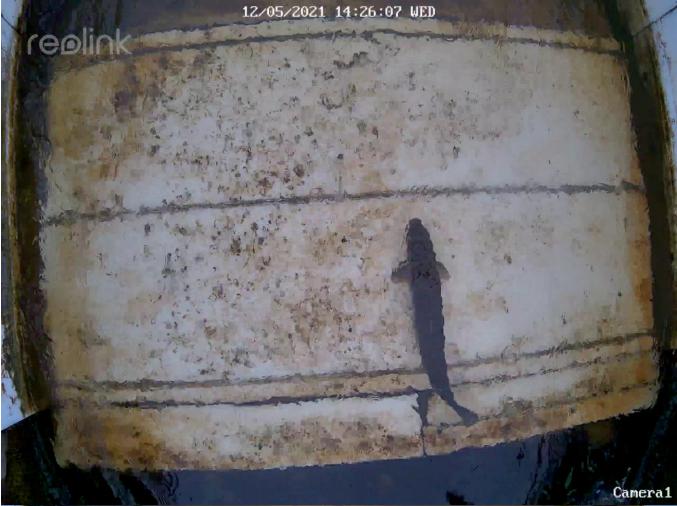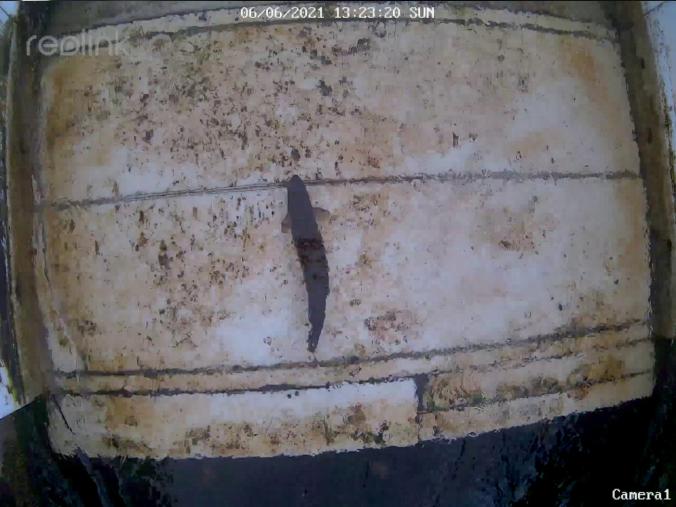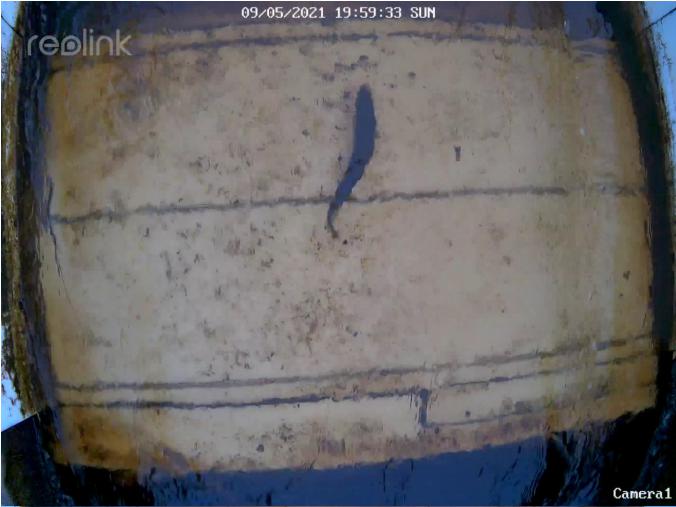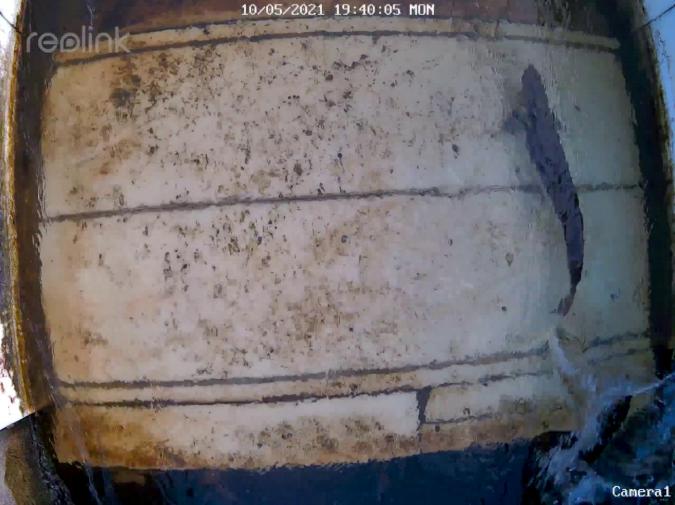The Anglers’ Riverfly Monitoring Initiative (ARMI) is a citizen science project run by the RIiverfly Partnership, that enables trained volunteers, such as anglers and conservationists, to protect river water quality by monitoring eight pollution sensitive invertebrates and complement the work carried out by statutory agency staff across the UK.
Given the frequent news reports concerning the amount of sewage and other effluent entering our rivers you will see the importance of this monitoring, which can give early warning when things are going wrong.
Luke, our local coordinator, is looking for volunteers to assist in this important work. Participants would require a days training (free) and a training day is arranged for 10am – 3pm Saturday June 25th at Prince Hall Training Centre.
Once trained, volunteers would be tasked with collecting samples of invertebrates from in-river sites on the Dart, identifying and counting the target species. Equipment is provided.
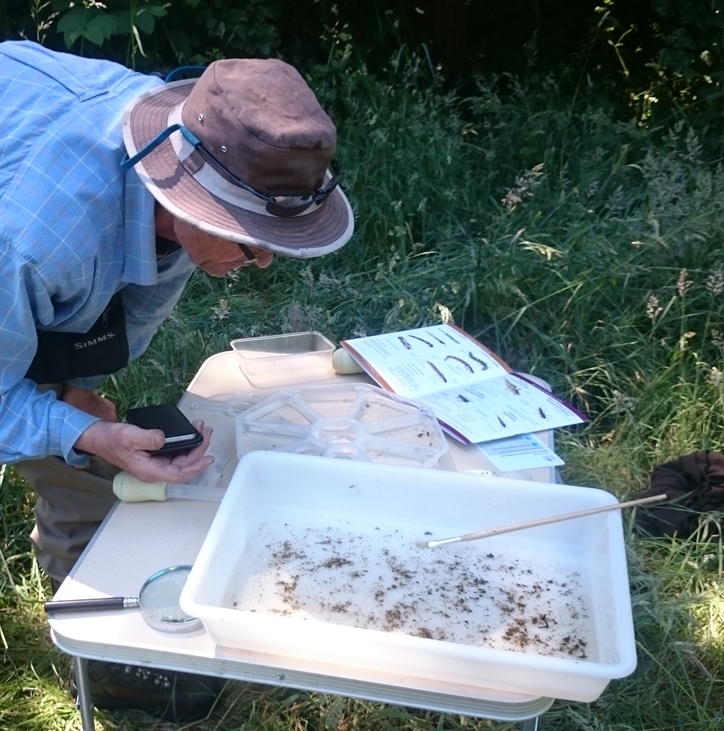
This will not take up too much of your time. After your training day you would be asked, with another volunteer, to survey a specific location (possibly more if you wish) twice a year, in June and September. Each survey would take just a morning or afternoon.
Obviously, this should be of some interest to our members but you don’t have to be a member or even an angler to take part – only to have concern for our rivers and the wildlife they support.
If you are interested and want more information please contact Luke at riverfly@dartaa.org.uk
To read more about the Riverfly Partnership’s work visit their website www.riverflies.org
